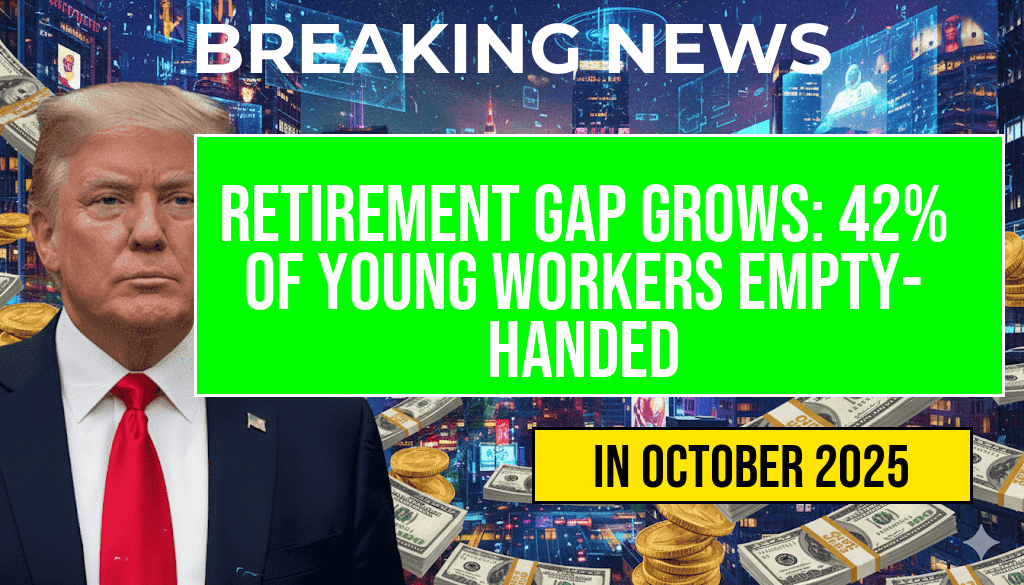Effective October 4, 2024, the federal minimum wage will see an increase for 2025, marking a significant adjustment aimed at addressing rising living costs and economic inflation. The new minimum hourly rate is set at $12.75 across most states, reflecting a modest but notable rise from the current rate of $12.50. While some states and localities have their own minimum wage laws that may surpass this federal baseline, the adjustment establishes a new national benchmark for employers and workers alike. This change comes amidst ongoing debates about wage adequacy, inflation impacts, and the broader push for wage reforms across various regions. As businesses prepare for the transition, employees are expected to see increased earnings that could influence spending patterns, housing affordability, and local economies.
Federal Minimum Wage Adjustment for 2025
Details of the New Rate
| Year | Minimum Hourly Rate |
|---|---|
| 2024 | $12.50 |
| 2025 | $12.75 |
The increase aligns with scheduled adjustments mandated by legislation such as the Fair Labor Standards Act (FLSA), which adjusts the federal minimum wage based on inflation and economic indicators. The incremental rise aims to balance supporting low-wage workers while considering the potential impact on small businesses and employment levels.
Regional Variations and State-Level Policies
Although the federal rate is uniform across the country, many states and municipalities have established their own minimum wages that often exceed the federal baseline. For instance, California’s minimum wage is currently $15.50 per hour for large employers, with some cities like San Francisco and Los Angeles implementing even higher rates. Conversely, states such as Georgia and Wyoming maintain rates close to the federal minimum, which now stands at $12.75.
Some states have scheduled their own increases independent of federal adjustments. Wikipedia provides a comprehensive overview of these variations, highlighting how local policies influence wages across different regions.
Impacts on Employers and Employees
Business Response and Adaptations
Small businesses, especially those heavily reliant on low-wage labor such as retail and hospitality, are preparing for the financial implications of the wage increase. Many are reassessing staffing budgets, adjusting pricing strategies, or exploring automation to offset rising labor costs. Larger corporations often have dedicated HR and finance teams to navigate compliance and ensure smooth transitions.
Expected Benefits for Workers
- Enhanced purchasing power for low-wage earners
- Potential improvements in job satisfaction and retention
- Increased economic activity in local communities
Economists suggest that modest wage increases like this can stimulate consumer spending, which in turn benefits local businesses and supports economic growth. However, concerns about possible inflationary pressures remain a topic of debate among policymakers and industry analysts.
Legal and Policy Context
The upcoming wage adjustment is part of a broader legislative framework aimed at gradually raising the minimum wage. While the federal minimum has not seen a significant increase since 2009, several states and cities have been advocating for higher rates through ballot initiatives and local ordinances. The Biden administration has expressed support for gradually increasing the federal baseline, emphasizing the importance of fair wages in reducing income inequality.
For reference, the U.S. Department of Labor provides official guidance on minimum wage laws and upcoming updates.
Looking Ahead
As 2025 approaches, discussions about future wage increases continue, with some advocates pushing for a national minimum wage of $15 or higher. Legislative efforts at the federal level face political hurdles, but regional adjustments are likely to continue influencing the landscape of wage policy. Employers and employees alike will need to stay informed about evolving regulations to ensure compliance and to maximize the benefits of these wage changes.
Frequently Asked Questions
What is the new minimum wage rate effective October 4, 2024?
The U.S. minimum wage has increased to $15.00 per hour, effective October 4, 2024, as part of the scheduled update for 2025.
Which states or cities are affected by the 2025 minimum wage increase?
Several states and cities have implemented or plan to implement the minimum wage increase to $15.00 per hour or higher, reflecting local laws and phased implementations. It’s important to check specific local regulations for precise details.
How does this increase impact employers and employees?
The wage increase benefits employees by providing a higher minimum income, while employers may experience increased labor costs. Businesses may adjust by modifying hours, prices, or staffing strategies accordingly.
Are there any exceptions or special cases regarding the new minimum wage?
Yes, some exceptions exist for certain employee categories, such as tipped workers or youth employees, depending on state or local laws. Employers should review specific regulations to ensure compliance.
When will the next scheduled minimum wage update occur?
The next update is scheduled for 2026, unless specific state or local legislation sets different timelines. Employers and employees should stay informed about ongoing wage adjustments.






